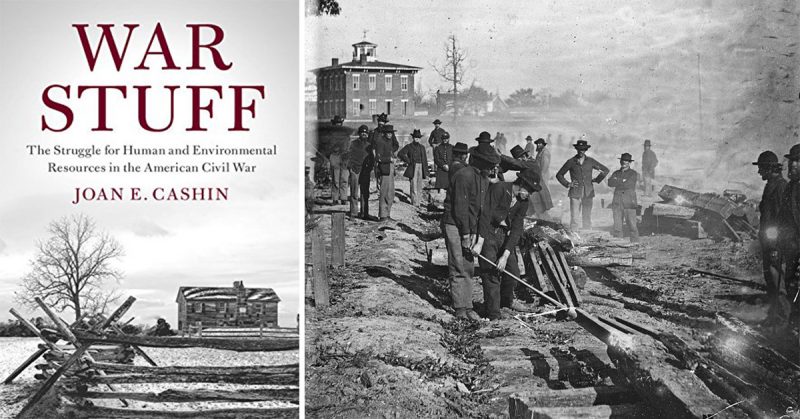We all know war is a cruel thing and there is no guarantee that anyone will avoid the misery of it once the juggernaut starts to run away with itself. I borrowed a quote from Machiavelli in my last book review – that bit of wisdom reminding us that starting a war can be easy but ending it is another thing altogether.
War Stuff by Joan E. Cashin confirms all of this by taking us back to the American Civil War to look at how the conflict impacted much of the Southern civilian population, at a time when what she terms the struggle for human and environmental resources was fierce.
The author builds a detailed picture of Southern society with its norms and peculiarities, and how that set a tone for the first years of the war until the conflict began to grind every facet of normal life down. Explaining the politics and class structure of the South is very important, because it is vital we understand the relationships among the different classes and the social etiquette that was a valued construct among them all.
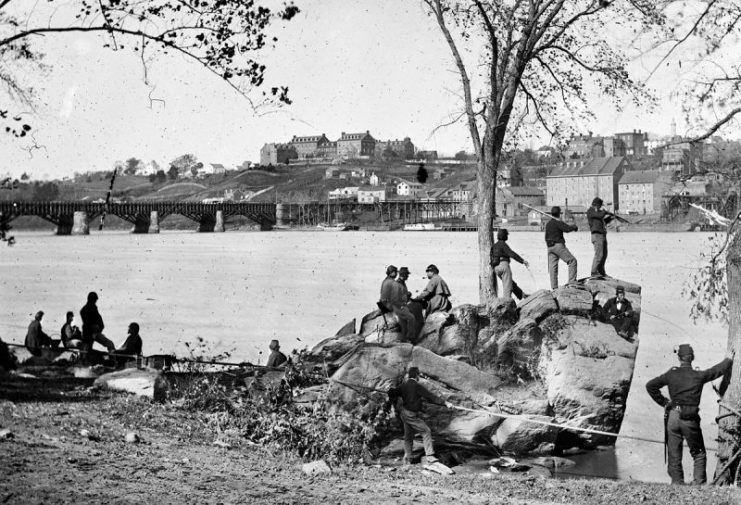
We learn the importance of the extended family and the emphasis placed on good neighborliness. Regardless of whether people were rich planters, smallholders, tradesmen, or laborers, there was an interlocking way of living that worked. But the war crashed right through all of it.
Many a Southerner’s delight in secession and the chimera of freedom it offered was tempered by the awkward truth that not all white people wanted a war. A good number of them were apolitical with no strong feelings for the stance of either side. Others remained pro-Union but faced a difficult time deflecting suspicion in communities where everyone seemed to know each other’s business.
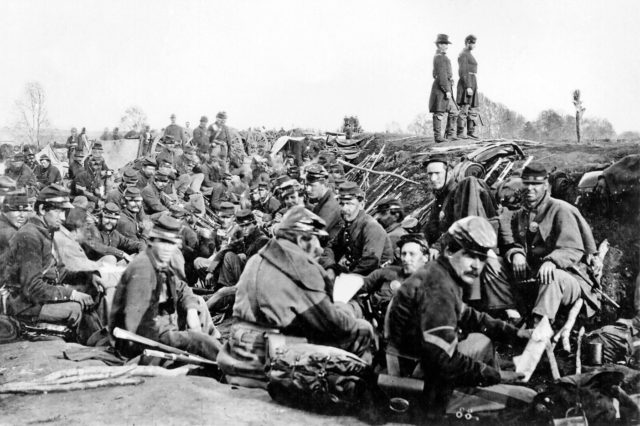
Of course, there are cultural details I could read until the cows come home, but a deeper appreciation of it relies on some form of empathy. It is impossible not to sympathize with civilians caught up in conflicts over which they have no influence. The author shows us the age-old truth that whoever starts wars, it is the ordinary person who has to fight and survive them.
This truth applies regardless of nationality or time period, as my last review focusing on the Vietnam War illustrates. It was Steve Earle who cruised down the Copperhead Road reminding us that “they draft the white trash first.” That was true of the Civil War, two world wars and the Vietnam War, and it is true beyond the frontiers of the United States in other countries as well.
The rush of blood to the collective head will have consequences for everyone. For many ordinary Southerners, it was dismaying to watch soldiery from the opposing armies plunder their way to and fro across the countryside. It was bad enough to have Union troops taking their property without Rebel soldiers doing it, too.
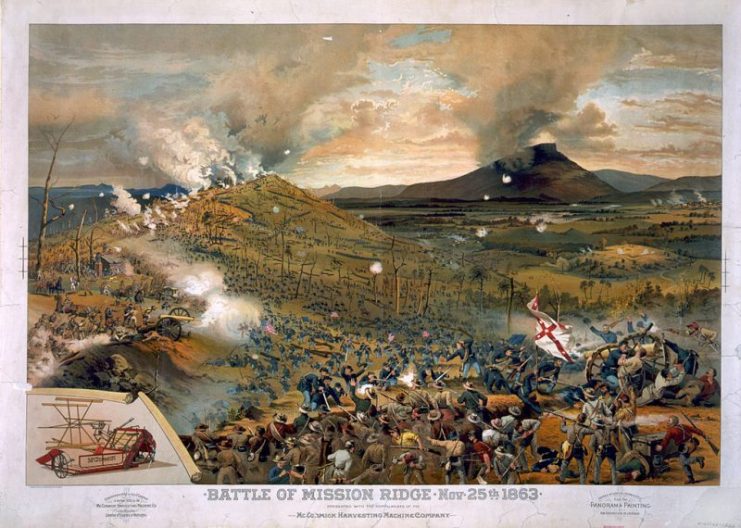
Armies march on their stomachs, but they also need fuel, comforts, labor and just about anything else that takes their fancy and they will have it regardless of where they find it. The book shows how this was all set in place alongside the prejudices and envy of the day, and how war caused rich landowners to suffer just as often as humble tradesmen.
The author also reveals the terrible consequences wide scale deforestation had on the land. Great swathes of forestry were toppled to provide materials and fuel, and it would take many years for the habitat to recover.
Livestock, furniture, wagons, even the materials of whole buildings were taken for the war effort. The struggle for reimbursement was a difficult one, and some people were completely ruined. It is difficult to overestimate the impact this had on families and communities, quite apart from the human sacrifices their kin were making on the battlefield.
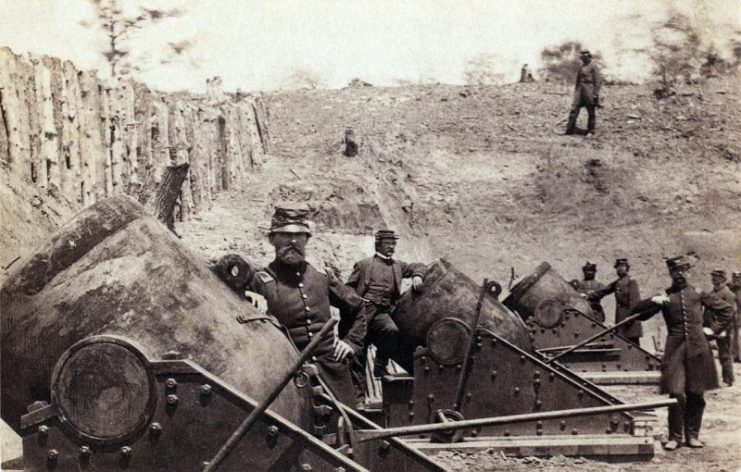
The author has written a fascinating book in typically measured academic style. This is another of those books that takes the stuff of footnotes of many a broad brush account to delve into the nitty-gritty of the up close and uncomfortable reality of a brutal war.
I had previously read next to no Civil War literature, but I found this book to be immensely rewarding. It seems almost that this is a better place to start reading about the Civil War than the usual battles and personalities.
War Stuff explains something tangible I hadn’t considered before. I suggest it should be required reading for those fixated on Gettysburg, Shiloh, or the other better known events, who would benefit from a broader appreciation of the conflict.
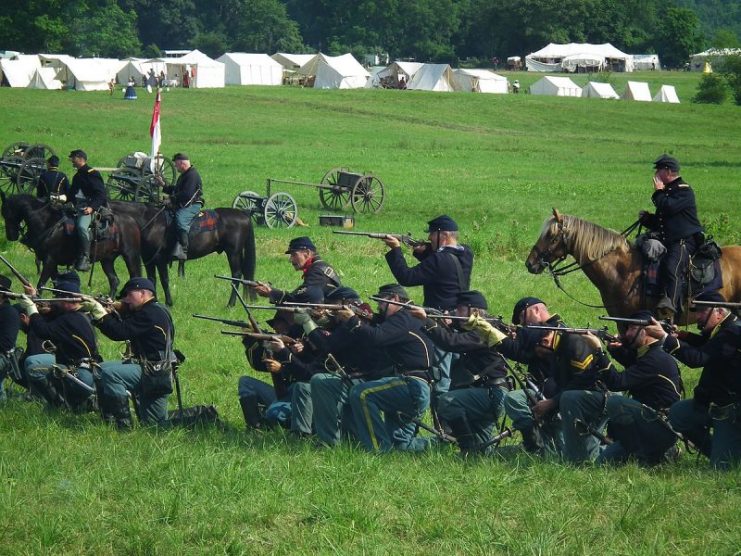
This book makes it easy to note similarities with the less visible tragedies of other civil wars, then and now. For example, Napoleon expected his army to live off the land on their way to Moscow. He wasn’t there to witness the revenge inflicted on isolated groups of his retreating troops for the depredation they had caused on the way east.
The Union and Confederate leadership were typically no way near as cynical as Napoleon, but the logistical powers of the opposing forces were often just as poor as those of the Grande Armée, leaving ordinary soldiers little option but to strip the landscape of what they needed to keep fighting. Things are often just as tenuous in modern times, and there are lessons to learn for present day logisticians in this excellent book.
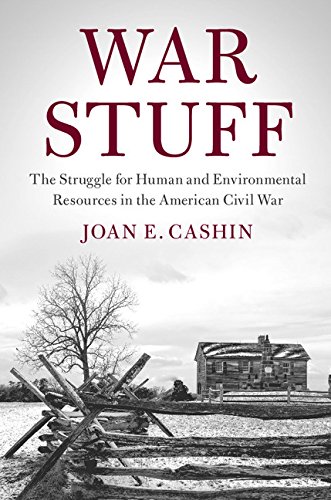
WAR STUFF
The Struggle for Human and Environmental Resources in the American Civil War
By Joan E Cashin
Cambridge University Press
ISBN: 978 1 108 42016 7
Reviewed by Mark Barnes for War History Online
